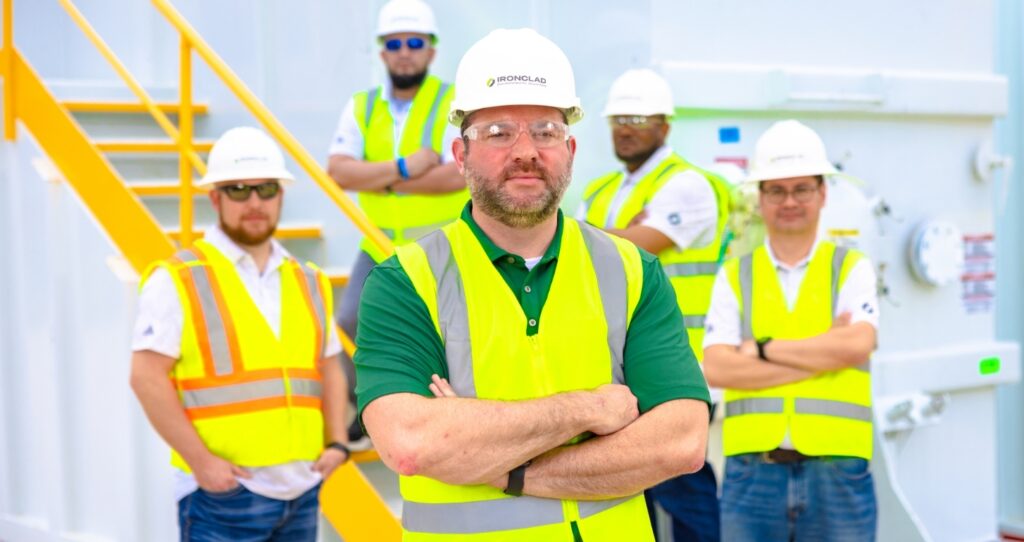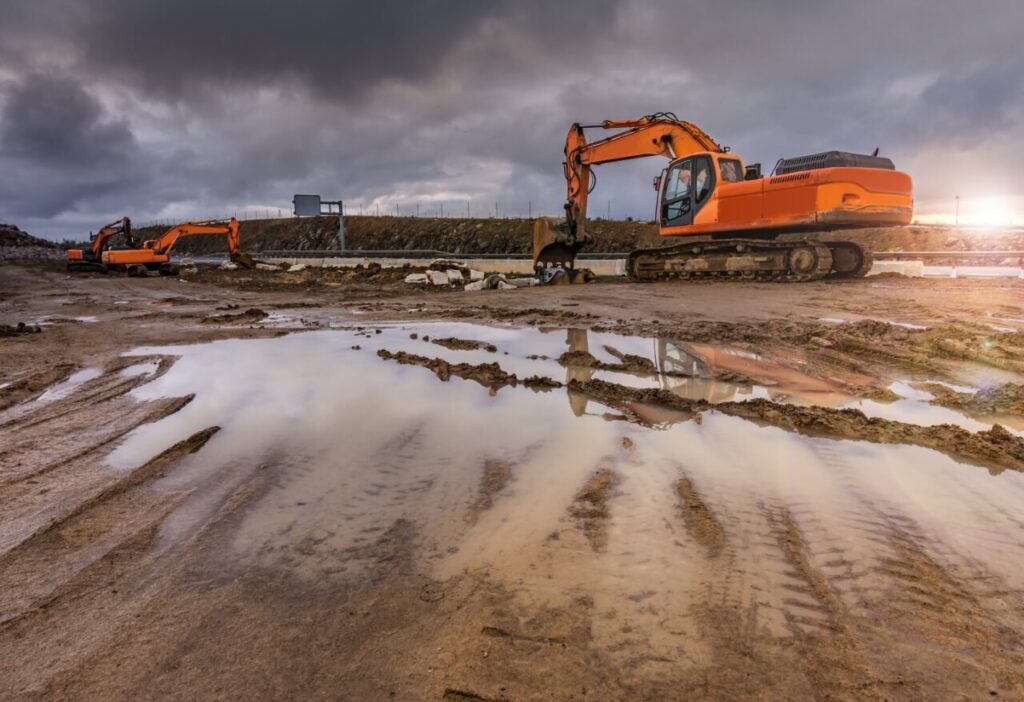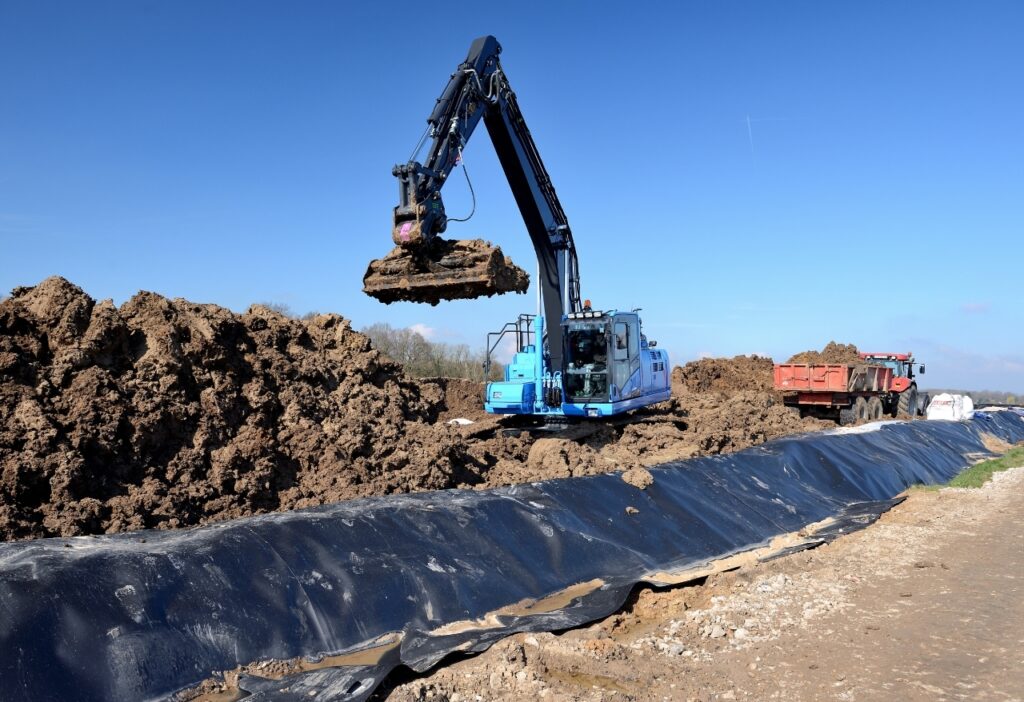Our Ironclad Promise
Our team is poised to provide industry-leading construction expertise, guiding you and responding to your job's needs with confidence and reliability.
Ironclad’s quality assurance and control processes are unmatched across industries, delivering top-performing equipment to each job.
Every job is unique, and we’ll never prescribe a one-size-fits-all solution to your needs. We’ll understand your job, offer our expertise, and get the job done right — the first time.
Our filtration tools and guidance will help you prepare water for discharge while adhering to the Clean Water Act and SWPPP requirements.
We’ll coordinate and manage all transportation needs, and even haul waste to its final approved destination.

Find the solution you’ve been looking for.
REQUEST A QUOTEREADY TO ROLL

EnviroTrack
Supercharge your operation with Ironclad’s EnviroTrack software platform, which helps manage compliance while tracking equipment and waste in real time.
LEARN MOREWhere we work
We meet our clients when and where they need us. Where can we help solve problems?






